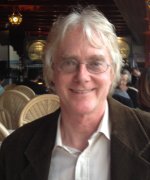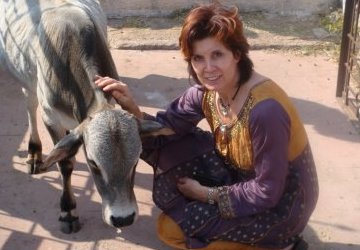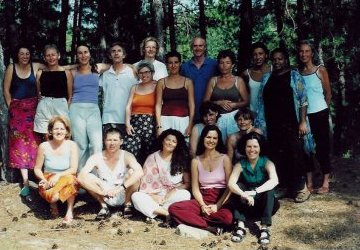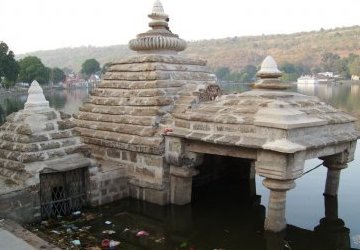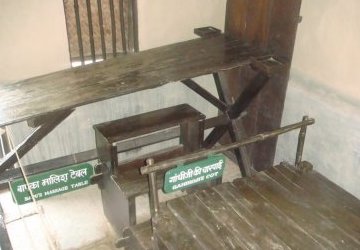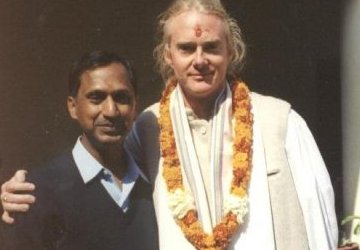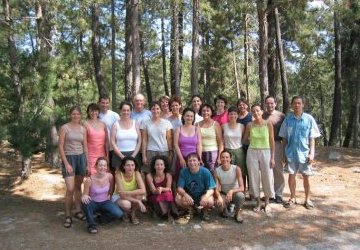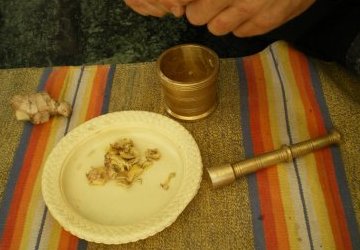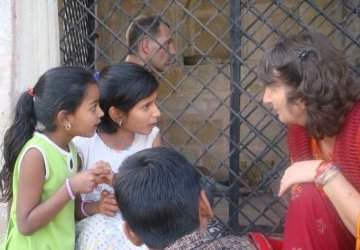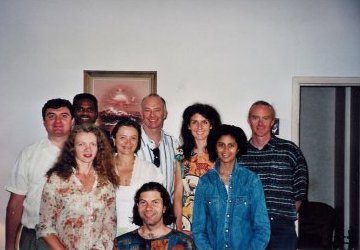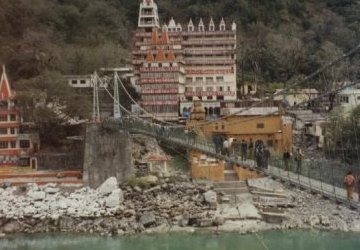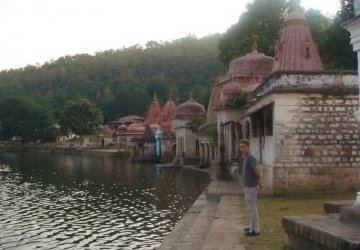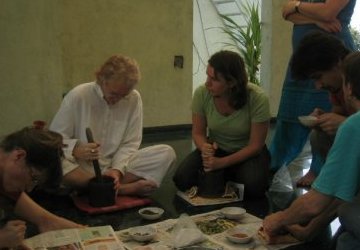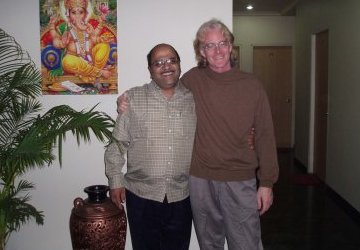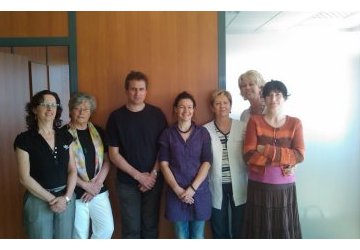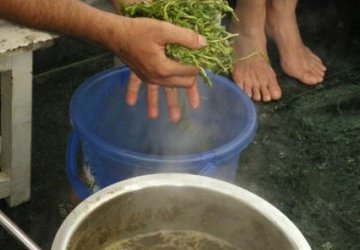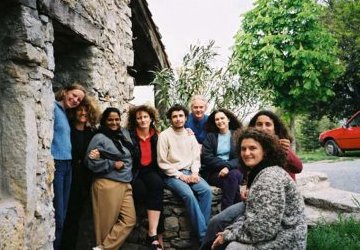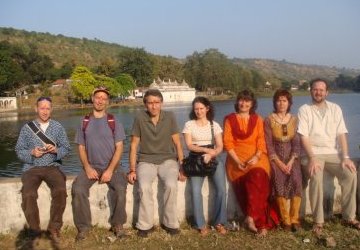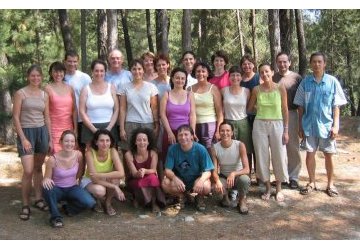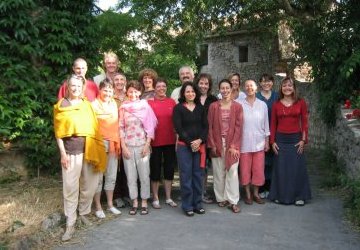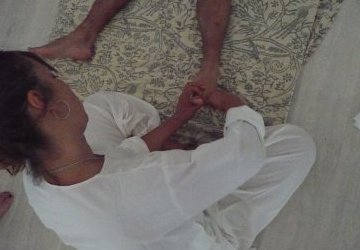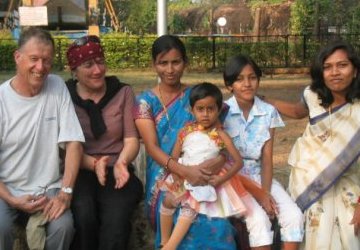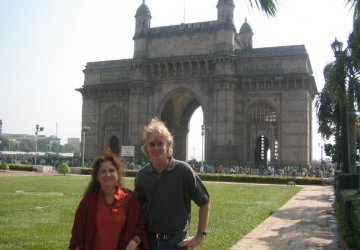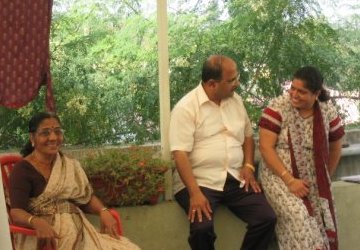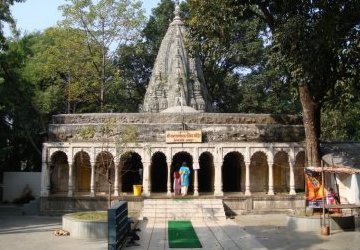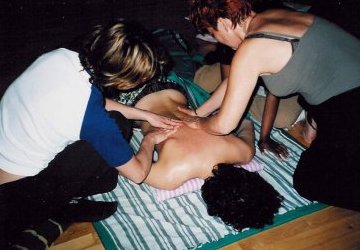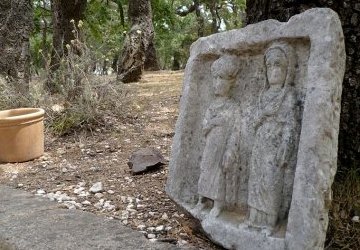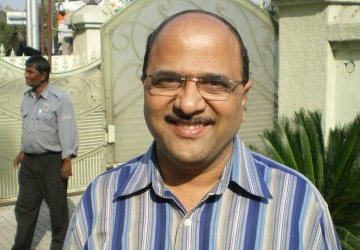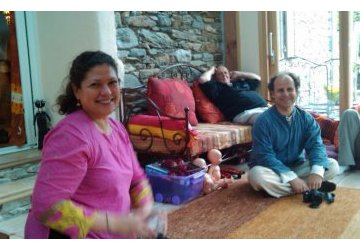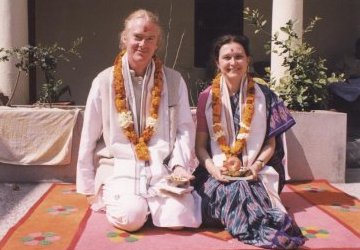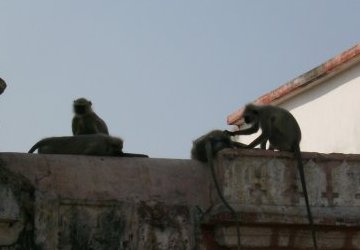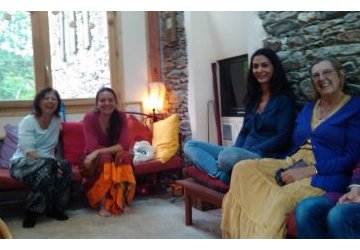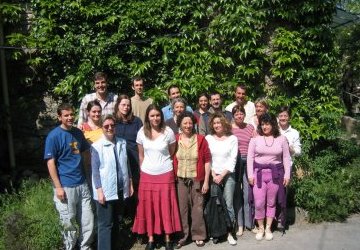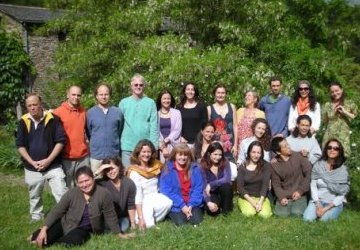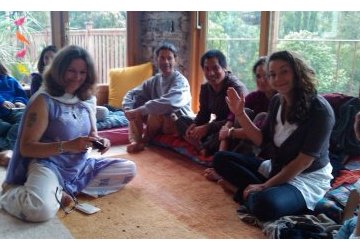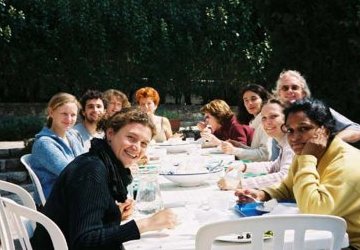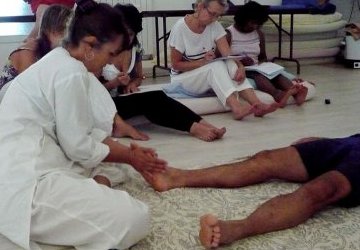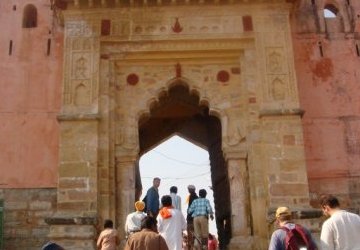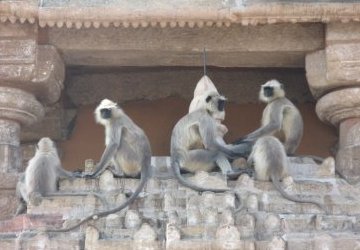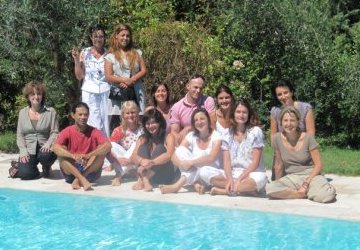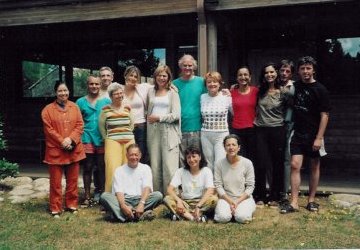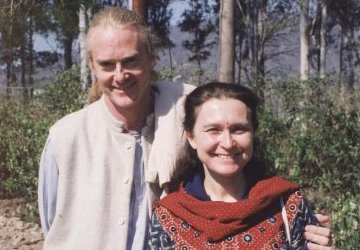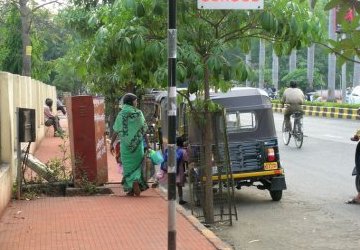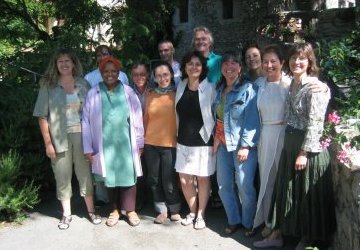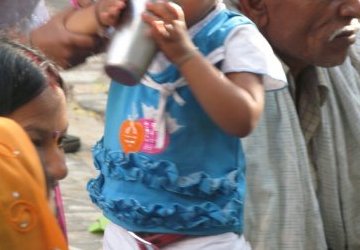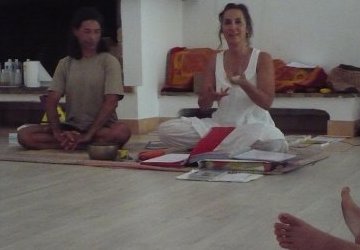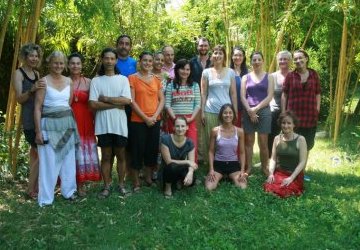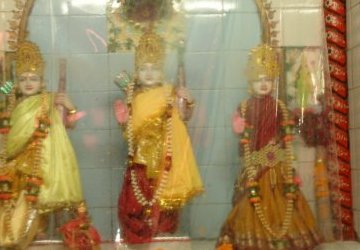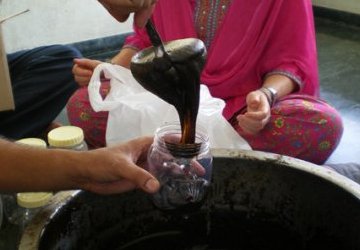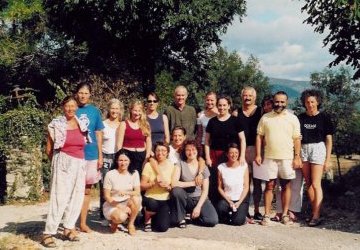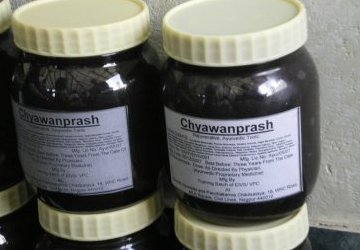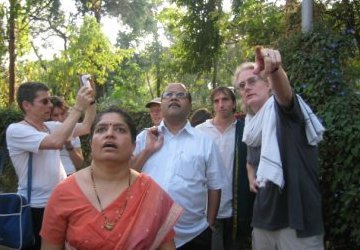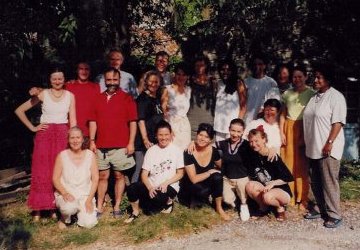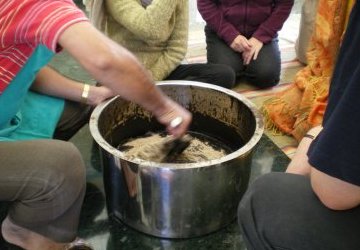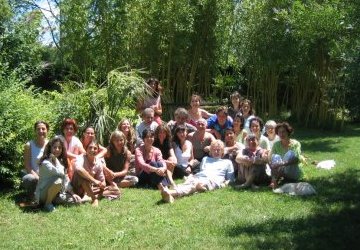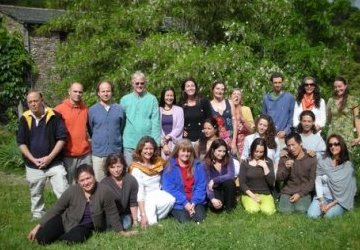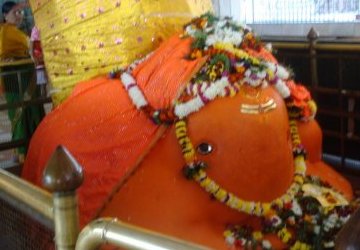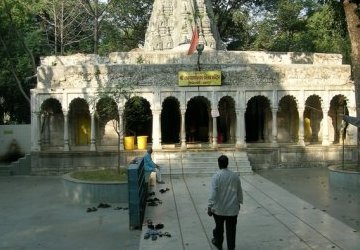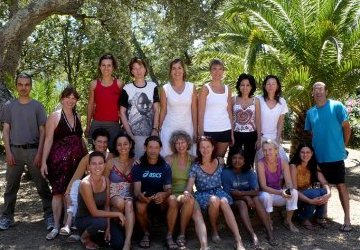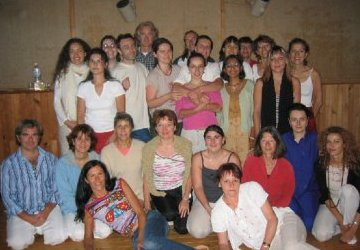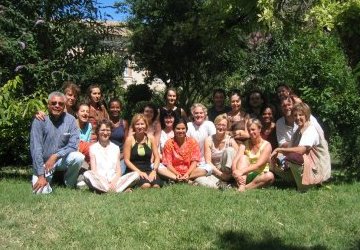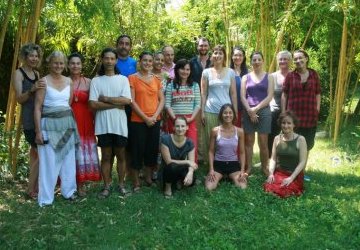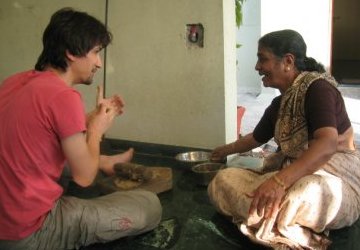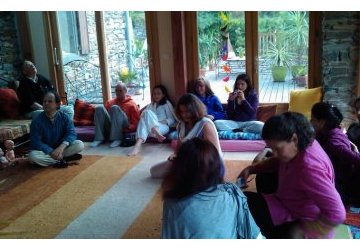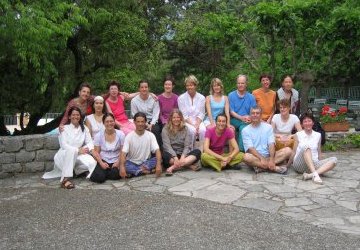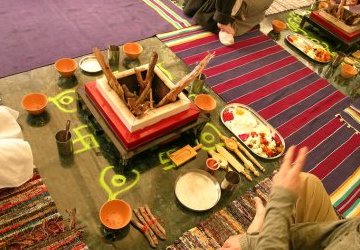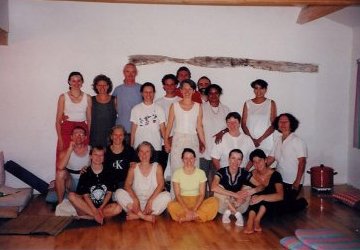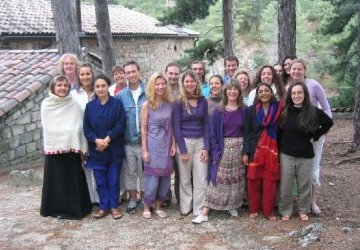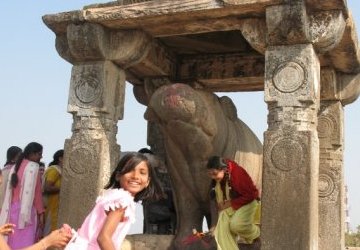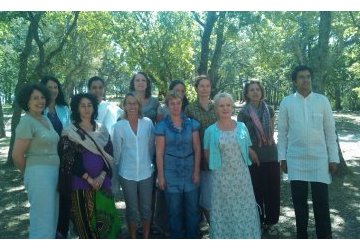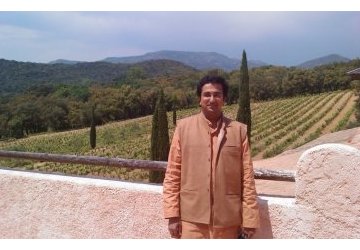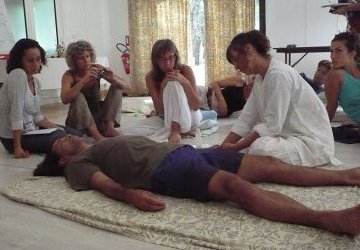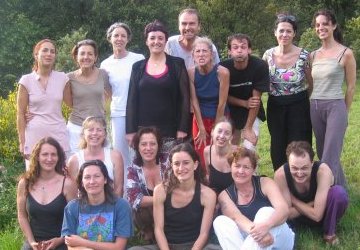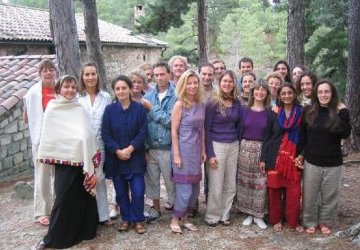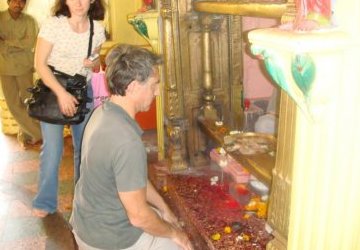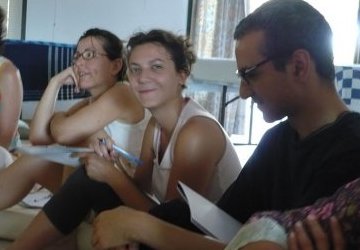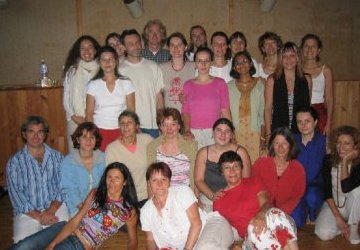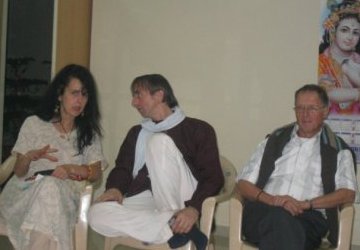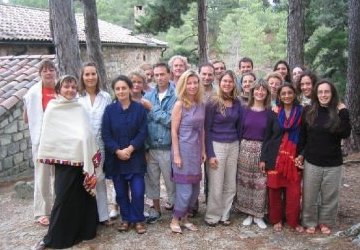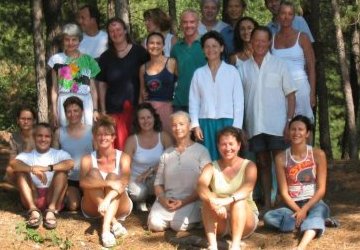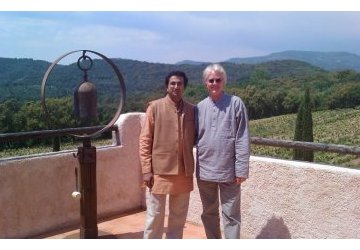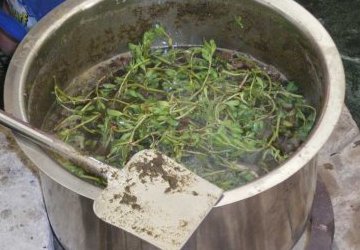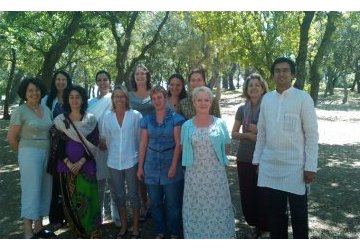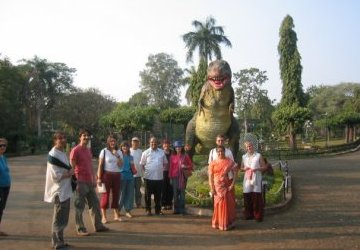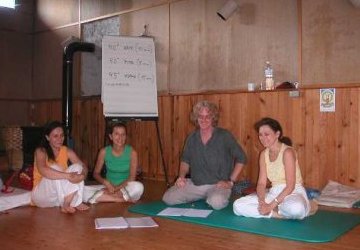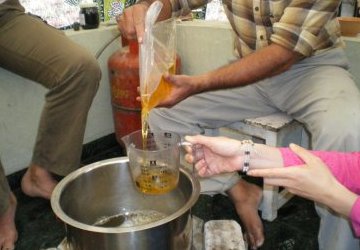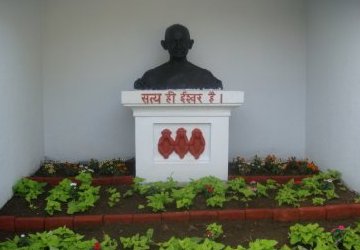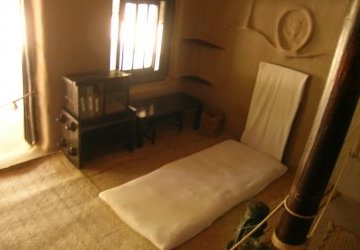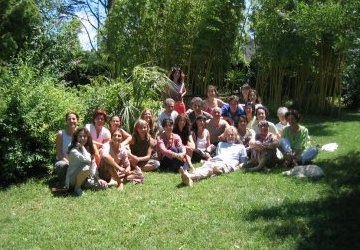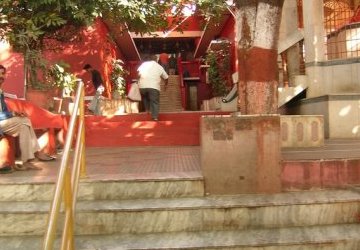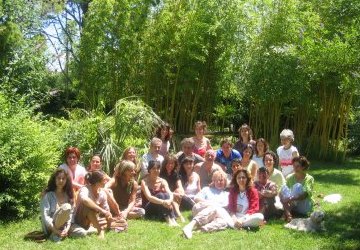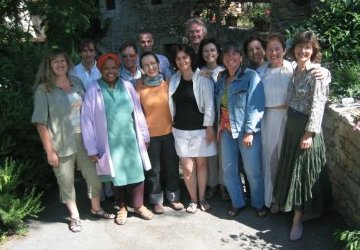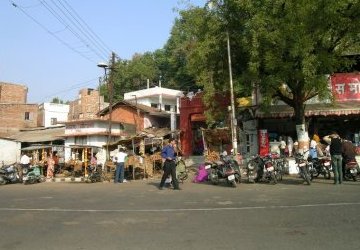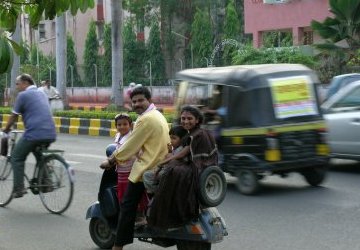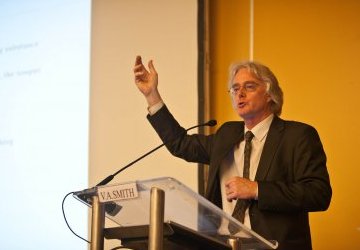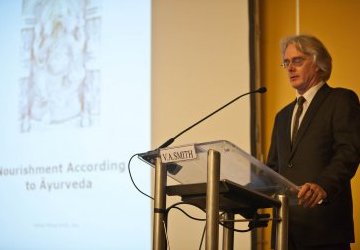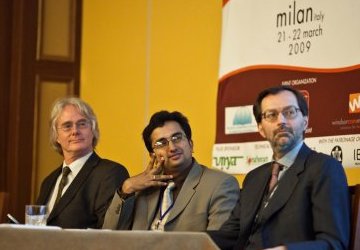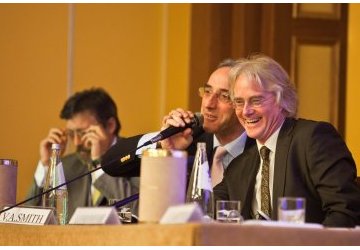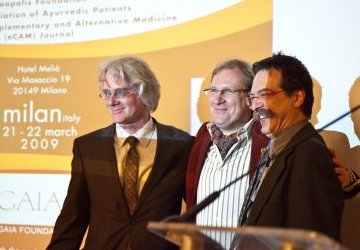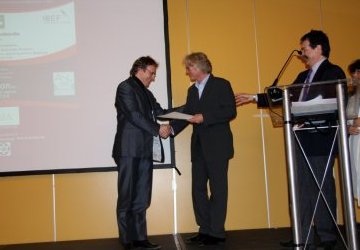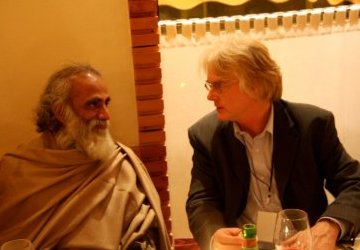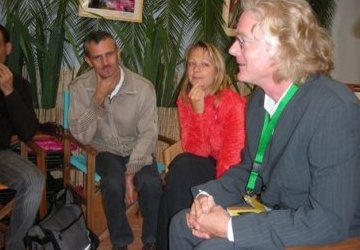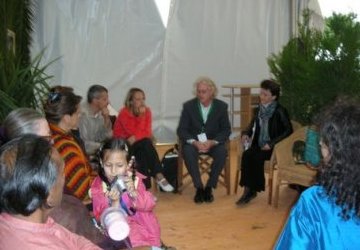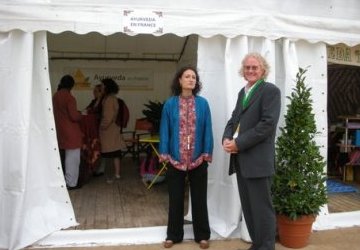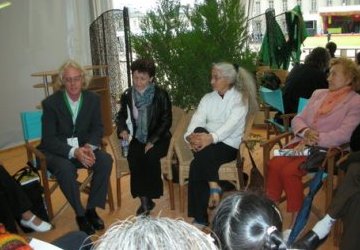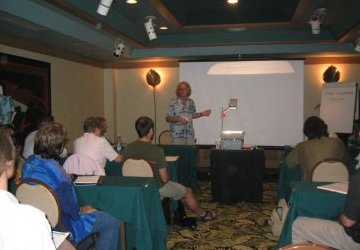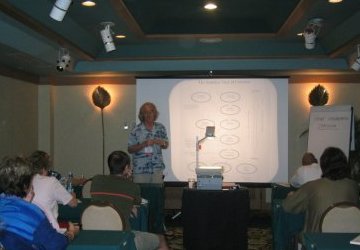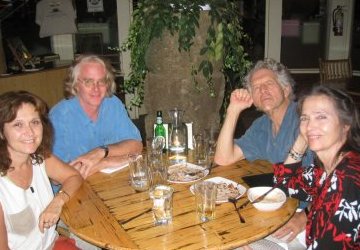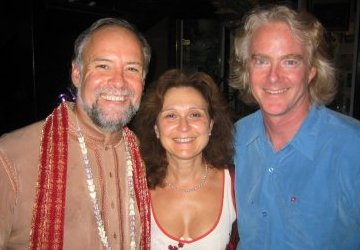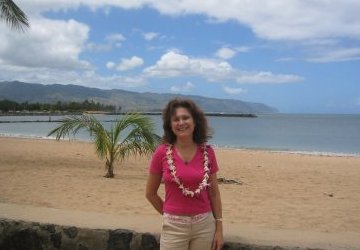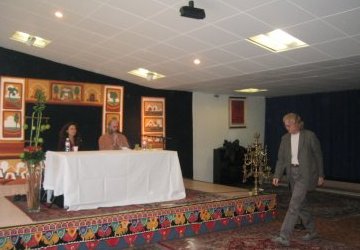Purification According to Ayurveda
Ayurveda is the oldest continually practiced medical system in the world. Ayurveda is a Sanskrit word from India which is generally translated as the ’science of life’ indicating that it is a mind/body or holistic health system. Historically it has contributed to the development of Chinese, Persian and Greek medical traditions. Even modern medicine has been strongly influenced by the Ayurvedic system through the development of surgical practices that are still used today. For many years the WHO (World Health Organization) has recognized Ayurveda to be a valid traditional system of medicine and especially effective in the prevention of disease.
One of the primary concepts for good health in Ayurveda is preventative therapy through diet and lifestyle. According to this system what we do ourselves to prevent disease is the strongest medicine as it comes through our own effort and so has a more direct effect on our health than through a secondary person or medicine. A key to prevent disease is maintaining the purity of the body, or in other words, keeping the body free of accumulated waste materials. Therefore, purification therapies are one of the most important treatments in Ayurveda.
The concept of toxins or waste products is more than 5000 years old in Ayurveda. In Sanskrit the concept of toxic accumulation is called ’ama’, which can be translated as ’that which cannot be digested or eliminated’. The accumulation of toxins in the body is due to a number of factors in daily life- diet, poor food quality, over work, stress, and lack of exercise - to name of few of the many reasons that can cause the metabolism to malfunction. According to Ayurveda our metabolism is primarily controlled by enzyme function which is divided into 13 categories in Ayurveda. This concept is called ’agni’ in Ayurveda and means literally ’fire’ or transformation. The idea is that if enzyme function is strong then toxins will not accumulate in the body tissues, organs or digestion.
Additionally, Ayurveda views the enzyme function as being dominated and controlled by three intelligent functions of the body, or three forms of the life force. In Sanskrit these intelligent principles are called Vata, Pitta and Kapha. They are often translated as air, fire and water, which is simplistic, yet not incorrect. These terms are metaphoric and it is more important to understand their function in the body than become lost in Indian terminology. Together these three principles form the basis of health or disease, as their operation is responsible for correct metabolic function.
Toxins are formed in the body when diet and lifestyle cause the three intelligent principles (tridosha or Vata, Pitta and Kapha) to increase and derange the enzyme function (agni). Once this occurs the result is poor digestion. Once the digestion is deranged incomplete assimilation and elimination of the food consumed results. Disease is then caused by the accumulation of this non-assimilated, non-eliminated toxic mass. This ama provides a perfect environment for virus and bacteria proliferation. This in turn promotes infections, low immunity and impairs the natural flow of body systems and channels.
Ayurveda has many ways to stop this disease process. The branch of therapies that deals with prevention and detoxification is called Langhana, which literally means to ’make lighter’ or reduce. There are two main branches of these reducing therapies - the first is called palliation or alleviation (Shamana); the second is called purification (Shodhana).
The first branch (Shamana) is milder and is concerned with reducing the accumulated toxins through diet and lifestyle. These palliation therapies include things like eating very light foods, mono diets, raw food diet, fasting, etc. These kinds of therapies also include lifestyle therapies and encompass stress reduction, exercise, daily regime, etc. They are simple to do and should be done regularly by everyone to prevent toxins from accumulating in the body.
The second branch (Shodhana) of reducing therapies is stronger and is used to clear out deep-seated toxins. This form of therapy is perhaps the most famous of all Ayurveda therapies as the results of a good treatment are often spectacular. Collectively these strong purification therapies are called Pancha Karma, or the ’five therapeutic actions’. Pancha Karma is a powerful therapeutic treatment and should be approached with respect. It can be divided into two simple categories - auto therapies and those received by a practitioner in a clinical environment.
Pancha Karma is a collective term that actually has three parts. These parts must be done in order and correctly for the treatment to work. A failure to follow these rules results in either a partial treatment or the formation of disease. The three parts of Pancha Karma are:
1. Purva Karma (preliminary therapies)
These consist of palliation therapies that control diet and lifestyle according to either the constitution of the person or the disease dominating at the time of treatment. There are a number of therapies such as oil massage (Snehana), sweating therapies (Svedana), enemas (Basti), nasal therapies (Nasya), special herbal massage (Pishinchhali) and the therapeutic application of oil to the head (Shirodhara). The purpose of these therapies is to liquefy the toxic mass that is combined with the any one of the three doshas (Vata, Pitta or Kapha). At this stage the function of the therapy is to return the toxins back to the digestive system where they originated and remove them from deeper tissues where they have been deposited.
2. Pradhana Karma (primary therapies)
These are the primary therapies that consist of the five main reducing therapies. Their purpose is to remove all the toxins that have been returned to the digestive system through the preliminary therapies. The five therapies’ are: therapeutic vomiting (Vamana); purgation (Virechana); cleansing enemas (Niruha Basti); cleansing nasal therapies (Nasya); and the therapeutic release of blood (Rakta Moksha). In modern times the last therapy of bloodletting is seldom used outside of India and even there its use has been in decline for some centuries. Today many doctors replace therapeutic blood letting with a second enema that is tonic in nature (Anuvasana Basti). Historically, bloodletting follows the school of Sushruta and using two different forms of basti follows the school of Caraka.
3. Pasch?ta Karma (reanimation therapies)
After the strong purifying therapies the digestion and enzyme function must be reanimated. If this is not done correctly the patient usually becomes sick for several days to several months after the treatment. Reanimation primarily consists of controlling diet and lifestyle. There are also a number of minor therapies like tonic enemas, oil or dry massage, oil applications to the head or body, etc. These are given according to the constitution, age, strength and sex of the person.
Throughout all three stages of Pancha Karma the patient is given relaxing postures to stretch and stimulate the body (yoga asana). The patient also is given instructions on meditation and mental relaxation. It is important to understand that the treatment of the mind is equally important to the body. To purify the body without purifying the mind is not a complete treatment according to classical Ayurveda. As these two are inter-linked (body/mind) they must be treated together. The main therapy for the mind in Ayurveda is meditation with pranayama (awareness of breath). Sound therapies (mantra) can also be useful to calm the mind as can aroma therapies and color therapy. All of these form a complete treatment for classical Ayurveda.
A mild application of Pancha Karma therapies can be done at home as auto- treatment by any one who is trained in these therapies; though many of the therapies are hard to do on yourself. Usually it is better to use diet and fasting for auto treatments than Pancha Krama. Additionally, most people find it preferable to have these treatments done by a qualified doctor as the process is long – several weeks – and needs time to penetrate into deeper tissues where the toxins lodge.
The current status of Pancha Karma in the modern world is worth understanding. Unfortunately, most clinics or therapists in India or the West do not offer a full Pancha Karma treatment for a very good reason - time. The traditional method of administering this system is as follows:
1. Preliminary therapies should be done for 21 days to 49 days
2. Primary therapies should be done for 7 to 21 days
3. Reanimation therapies should be done for 7 to 21 days
To really follow the concept of purification in Ayurveda we need to have five to twelve weeks of free time. A one month treatment is short. This does not mean that it is impossible to have a Pancha Karma treatment today. It does mean that the longer you do the therapies the better the result. Some doctors have developed shorter protocols that give results. The classical idea is that we need six to eight days to liquefy the ama (toxins) and bring it back to the digestion. Form here it can be removed with one of the main therapies, like vomiting or purgation. Then the process is repeated for another six to eight days to go to the next tissue or Dhatu. In Ayurvedic medicine there are seven Dhatu or tissue levels. This means that if we do ten days of therapy we are spending six to eight to liquefy the ama, one day to remove it and two to three days to re-animate the agni or digestion. If this is done correctly we will have succeeded in cleansing the first tissue level of Rasadhatu, or lymph and plasma. If this logic is followed we need seven weeks for the seven tissues plus a good preparation and good follow up treatments; all told three to four months is needed for a “real” Pancha Karma. This is why the classical texts of Ayurveda say that Pancha Karma is a treatment for wealthy people; those how have both time and money.
It is possible to have good results in ten days to three weeks if the patient follows a special diet for a month prior to and for one week after the main treatment. It is unrealistic to believe that a one-week Pancha Karma treatment will prevent or cure a disease. These kinds of three to seven day treatments are not Pancha Karma, but rather the preliminary therapies or Purva Karma. They are very enjoyable and give good relaxation - just don’t confuse these treatments for a traditional Pancha Karma that prevents and cures serious disorders.
In conclusion, the toxins are formed in the digestive system from improper Agni function; which then mixes with the Doshas, or Vata, Pitta, Kapha; which allows toxic accumulation to move into tissues, systems and organs. This process forms the basic concept of disease pathology in Ayurveda. The goal of purifying therapies is to reverse this process by first changing the diet and lifestyle, and second by liquefying the toxins and helping them to return to the digestive tract where they where formed. If these preliminary therapies are not done long enough, or repeated enough times, there will be toxins remaining in the body. The primary therapies of purgation, etc. will work only on the toxins that have been returned to the digestive system; they cannot remove toxins that are lodged deeper in the body. The primary therapies do not clear toxins out of the organs or tissues effectively. Additionally, if the digestive enzymes are not reanimated after the primary therapies then obviously more toxins will be formed as all food is poorly transformed by enzyme function. Hence, the reanimation therapies are actually the most important as they allow the body to remain free of toxins through supporting the previous therapies.
There are a number of rules that need to be followed according to season, age, constitution and disease to have a good therapeutic result. These rules can be found in books on Ayurveda that give lifestyle and diet therapies as per constitution or individual body type. However, applying them to Pancha Karma requires special study. Pancha Karma, as taught in the Indian university system, is a specialization subject after the basic diploma of six or six and half years (BAMS). I suggest looking for doctors that have a diploma in specialization of two additional years (MD ayu) for Pancha Karma. It is actually very difficult to adapt these therapies to the individual and requires special study on how to modify the therapies for each person’s individual problems. The best thing to look for in a doctor is one that has also done individual study with a teacher for a number of years. I do not personally recommend doing a traditional Pancha Karma in the Western world. The preliminary treatments (Purva Karma) can be done the West with some mild cleansing.
In general, everyone can benefit from some reducing therapies in early spring (March) and early fall (September). When done biannually reducing therapies can prevent disease through removing toxic accumulation and maintenance of enzyme function or Agni.
Reducing therapies in Ayurveda encompass a broad range of therapies. The more we integrate these into our daily lives the better they work to prevent disease. Pancha Karma is the most effective of all purification therapies in Ayurveda and offers a balanced methodology of detoxification. Good health begins with good food and good digestion - this is the best means to avoid toxins in the first place by using Shamana, or palliative lifestyle therapies.
2016 © Vaidya Atreya Smith, B.Sc.
Pathology & Diagnosis in Ayurveda (Volume 2) There is a full explanation of Pancha Karma in this textbook
Vaidya Atreya Smith - Born in California, USA he is the author of fourteen books on the healing traditions of India and is currently the director of the European Institute of Vedic Studies in Switzerland.

